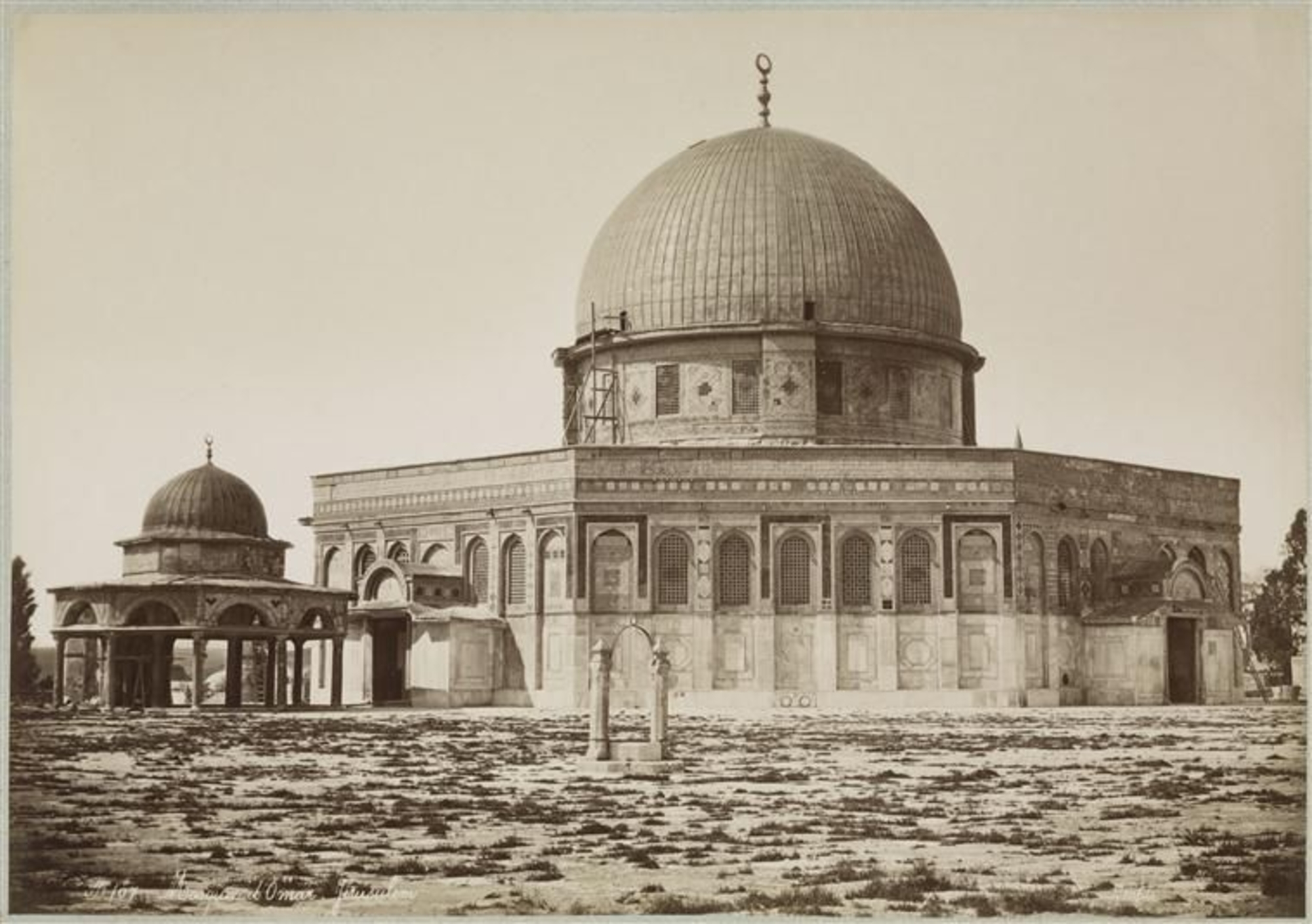
- Home
- Architecture of the Umayyad Caliphs
- An Umayyad palace: Qasr al-Khayr al-Gharbi
- Lavish decoration
Of all the Umayyad ‘desert castles’, Qasr al-Hayr al-Gharbi was the most lavishly decorated and combined elements of both the Byzantine and Sassanid traditions.
Various decorative techniques
All the techniques then available - mosaic floors, marble-faced walls, paintings and carved stucco - were used to decorate the palace.
Wall paintings, sculpture and marble with artfully arranged veining are all traditional decorative techniques that originated in Byzantine Syria and were appropriated by the Umayyads.
The same is not true of the stucco, which in contrast reveals the growing orientalisation of Islamic art. This material was characteristic of the regions controlled by the ancient Sassanian Empire - Mesopotamia, Iran and Central Asia - where it was used both to decorate and protect mud walls.
Exceptional figurative decoration
Sculpted stucco was used extensively in the palace, in low and high relief - an innovation of the Sassanid period.
The stucco on the monumental portal, now in the National Museum in Damascus, combines late-antique motifs, such as friezes with acanthus scrolls, and Sassanid motifs including rosette friezes and upper merlons. The upper galleries, particularly the audience hall, are decorated with a princely cycle in very high relief. An enthroned sovereign, dressed in a toga in the ancient tradition, was depicted on the pediment of the audience hall, while another representation of a sovereign, this time in the style of a Sassanid emperor - in a frontal position, knees apart, and wearing a long garment edged with beaded braid - adorned the central facade of the entrance.
A floor painting depicts busts of women carrying cups of fruit, ringed by beaded medallions, next to horsemen chasing gazelles, and large stylised floral motifs. Byzantine and Sassanid motifs and techniques were combined in the melting pot of Islamic art under the Umayyads.

